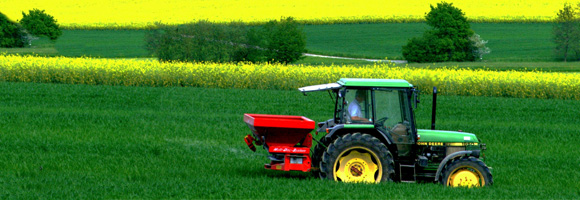
In the lead-up to the last presidential election in the United States, Tom Brokaw asked Thomas Friedman about what it would take to make real green energy a reality in the united states.
Visit msnbc.com for Breaking News, World News, and News about the Economy
Specifically, Brokaw asked whether we need a "manhattan project, or 100,000 garages", referring to the way the problem might be approached. Well, almost a year later, other problems, like the credit crisis have distracted most governments from the problem of enabling small-scale producers. But that hasn't stopped the folks at Shopbot Tools from launching their 100KGarages Network. Basically, it's very much like Ponoko, or other maker middlemen, except that they connect shops arbitrarily -- you don't have to have specific materials, or tools to participate. The best part about it, though, is that it encourages unusual types of making. If you have a knitting machine, or a Makerbot, or experience using PCR to make custom gene sequences, then you need to get yourself on this D-base asap. Not only will it encourage creative interpretation of what it means to be a fabricator, but it might also open up the way for more creative assemblies of stuff, which is a big part of ensuring that Humblefacture grows flexible.









